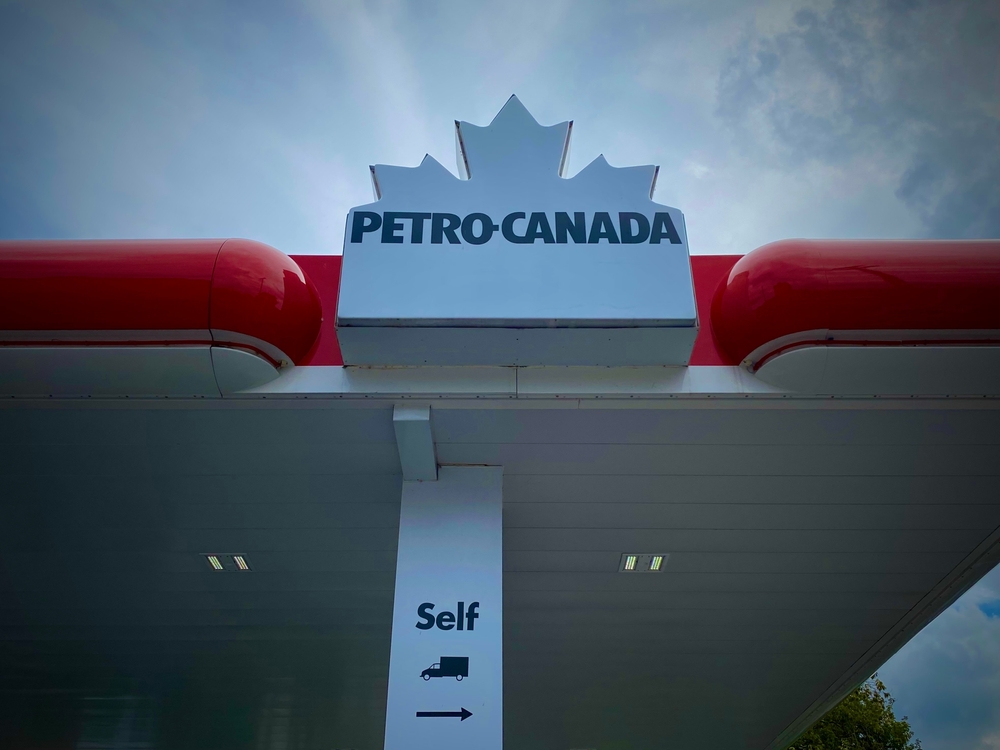The next global energy transition will be shaped by countries that combine strong resources, consistent policy direction, emerging technologies, and the ability to scale innovation without creating instability. Few places are positioned as uniquely as Canada to move into that leadership space. The country has a mix of renewable potential, advanced research, political stability, and a workforce trained for both traditional and emerging energy systems. Here are 21 reasons Canada could lead the next global energy shift.
Abundant Hydropower Capacity

Hydropower remains one of the most reliable foundations for a long-term clean energy system, and the country already operates one of the largest networks of hydroelectric stations in the world. This provides a scale of renewable electricity that many nations cannot quickly match. Provinces like Quebec, British Columbia, Manitoba, and Newfoundland and Labrador export surplus clean electricity and are actively expanding transmission links. Long-term contracts with neighboring markets create stable revenue streams that help fund grid modernization. Continued investments in upgrades, reservoir management, and interprovincial connectivity allow hydropower to act as a balancing force as other renewables increase.
World-Class Critical Mineral Deposits

Critical minerals required for batteries, semiconductors, electric vehicles, and energy storage systems are in high demand. The country holds significant reserves of nickel, lithium, cobalt, rare earth elements, copper, and graphite. Global manufacturers need reliable and politically stable suppliers for these resources, and the country meets that requirement better than many current export leaders. Provincial governments are accelerating permitting processes and infrastructure around new mining zones. Partnerships with automakers and battery companies are building full value chains rather than simple extraction. Combined with environmental standards and labour protections, these reserves position the country as a key source for clean technology inputs.
Strong Research Leadership in Clean Tech

Universities and research institutes are consistently ranked among the most productive hubs for clean energy development. This includes work in advanced materials, hydrogen pathways, solar cell efficiency, battery chemistry, geothermal exploration, and carbon capture. Public research funding programs help laboratories scale ideas into commercial projects. Collaboration between government, industry, and academia is unusually strong, which shortens the timeline between prototypes and usable solutions. Startups frequently emerge from these research environments with market-ready technologies. Venture capital in the cleantech sector has grown steadily in recent years, demonstrating confidence in the country’s ability to produce viable energy innovations.
Expanding Hydrogen Development

Hydrogen has become a major pillar of future energy plans, with federal and provincial strategies supporting production, distribution, and export infrastructure. Several regions are suited for low-carbon hydrogen based on natural gas with carbon capture, while others can produce green hydrogen from renewable electricity. The country is building demonstration hubs that link industry, transportation, and research facilities for real-world testing. Ports on both coasts are preparing for long-term export potential to Europe and Asia. These efforts place the country among a small group of nations capable of supplying large-scale hydrogen in a commercially viable way.
Advanced Nuclear Expertise

A long history of nuclear engineering, reactor operation, and regulatory oversight gives the country an advantage as many nations reconsider nuclear energy for long-term stability. Small modular reactors are now a major area of development, and several provinces have collaborative plans to deploy them over the next decade. These reactors can power remote communities, mining operations, and industrial facilities with low emissions. Global interest in modular reactor technology has opened doors for export partnerships. Skilled engineers, strong safety frameworks, and existing supply chains allow the nuclear sector to scale more effectively than in places starting from scratch.
Leadership in Carbon Capture and Storage

Extensive geological reservoirs and decades of commercial experience make the country one of the most prepared jurisdictions for large-scale carbon capture and storage. Major projects already operate in Alberta and Saskatchewan, with additional hubs under development. Industrial sectors such as cement, steel, refining, and fertilizer production use these systems to reduce emissions that are otherwise difficult to eliminate. The regulatory system includes detailed monitoring and verification standards, giving international partners confidence in project integrity. Ongoing investments by both public and private sectors help expand the number of facilities capable of integrating carbon capture into their operations.
Growing Offshore Wind Potential
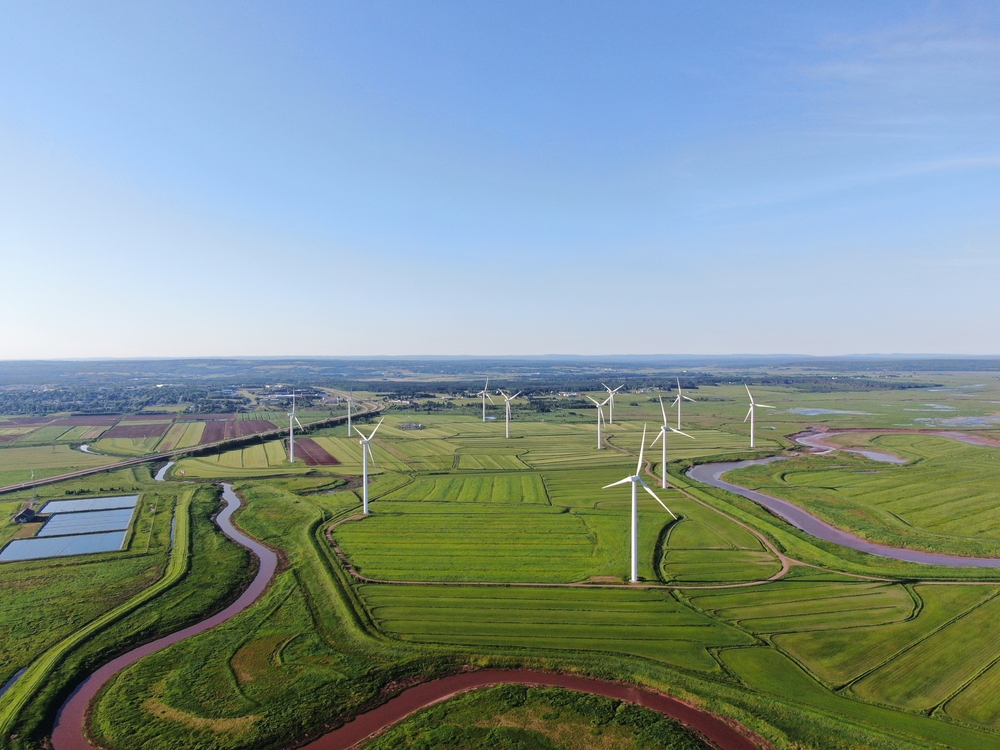
Coastal regions have begun exploring offshore wind resources with strong long-term potential. The Atlantic provinces, particularly Nova Scotia and Newfoundland and Labrador, are advancing regulatory frameworks and preliminary mapping studies. Offshore wind offers large energy yields that can complement hydropower and support hydrogen production. International developers have expressed interest due to strong wind conditions and deep water engineering experience from the offshore oil industry. This crossover of skills enables faster deployment timelines. Local communities stand to benefit from new supply chain opportunities, including port upgrades, fabrication facilities, and maintenance roles tied to offshore wind farms.
Innovation in Biofuels and Renewable Natural Gas
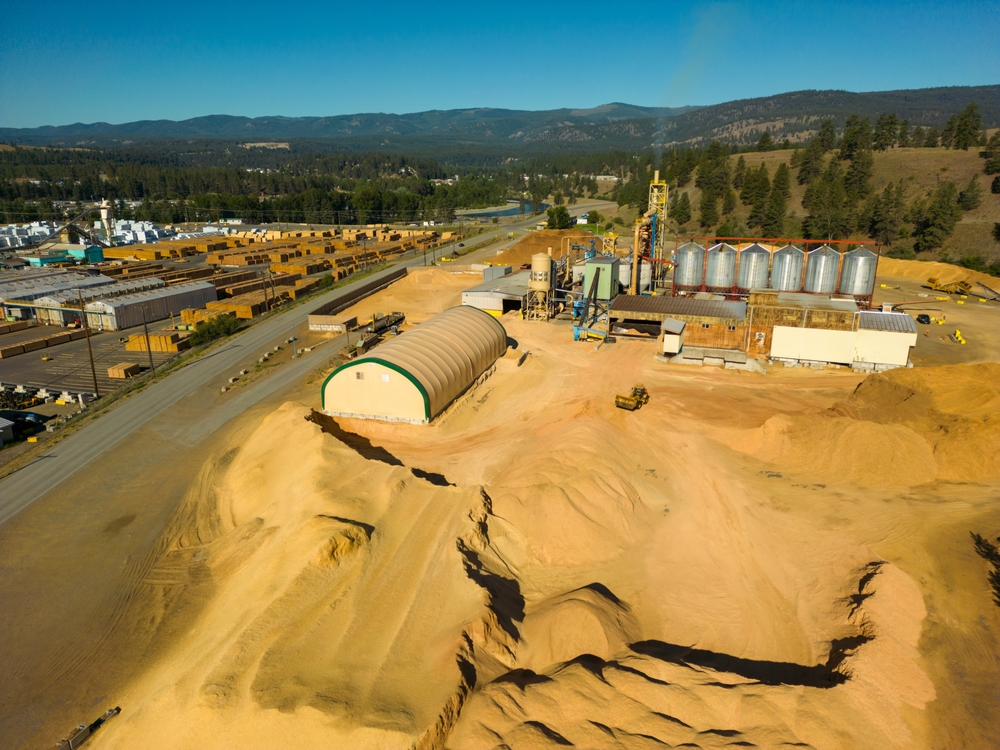
Agricultural regions and forestry sectors provide feedstock for renewable fuels that can reduce emissions in transportation, aviation, and heavy industry. New facilities produce renewable diesel, sustainable aviation fuel, and renewable natural gas from waste biomass. Provinces offer incentives that encourage utilities and fuel suppliers to incorporate these alternatives into their systems. Farmers, municipalities, and industrial operators benefit from new revenue streams generated from organic waste. The country’s research institutions continue to refine technologies that improve conversion efficiency. This combination of resources, policy support, and innovation creates a competitive environment for expanding biofuel and renewable gas production.
Strong Grid Stability and Reliability Standards

A modern energy transition requires transmission networks capable of handling variable sources, and the country’s grid is considered one of the most stable in the world. Utilities operate under strict reliability rules that reduce the likelihood of major outages. Long-term planning processes help align renewable growth with transmission upgrades. Northern and remote regions present challenges, but new interties and microgrid projects are being developed to address them. Export links with the United States allow for real-time balancing across borders. This reliability and planning culture makes it easier to integrate large amounts of clean energy without system instability.
Expanding Pumped Storage and Energy Storage Projects
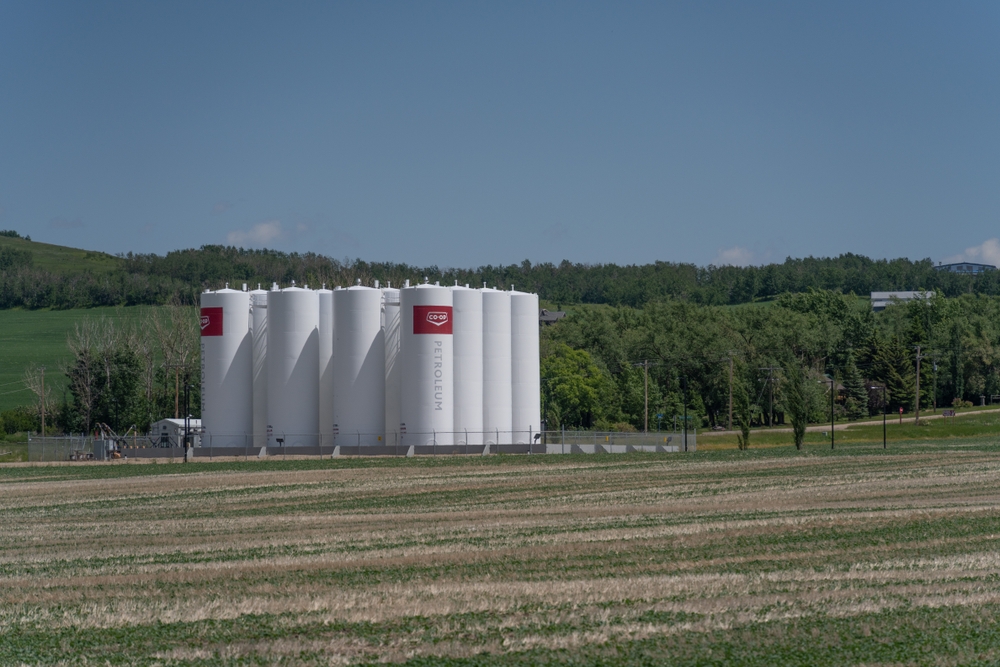
Energy storage has become essential for managing renewable supply fluctuations. Provinces such as Ontario, Alberta, and British Columbia are advancing pumped hydro storage facilities that can store large quantities of electricity. Battery storage projects are also increasing rapidly, providing short-duration support for local grids. Several pilot programs are testing flow batteries, compressed air storage, and thermal storage. Governments and utilities have implemented procurement programs that guarantee stable returns for investors. These developments give the country the flexibility required to absorb more wind, solar, and hydroelectric generation while maintaining consistent power availability.
Indigenous Led Energy Initiatives
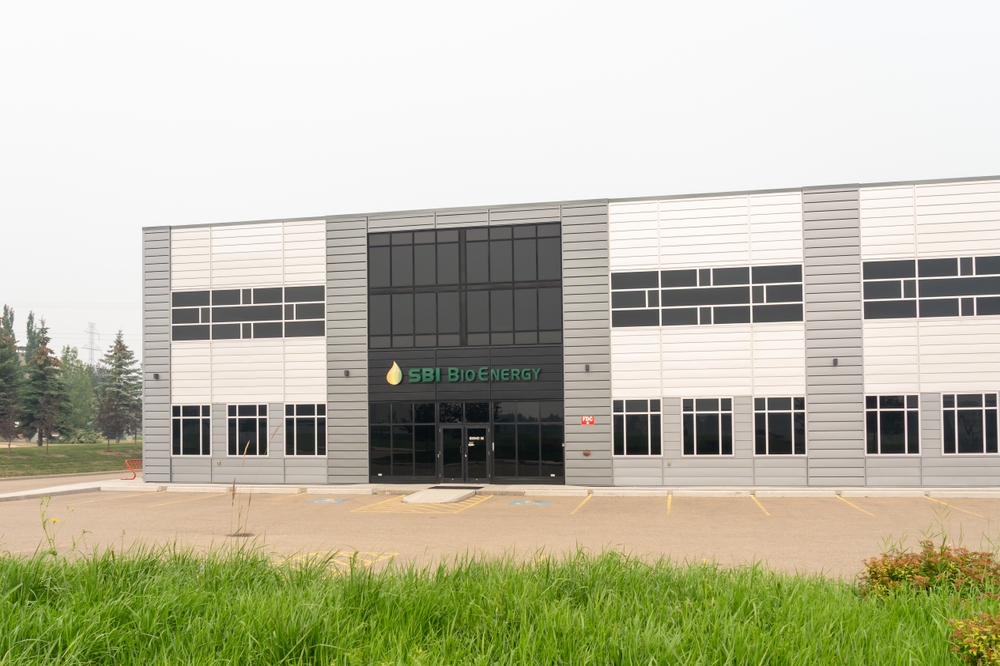
Indigenous communities are increasingly leading or co-owning renewable energy projects, creating economic opportunities and improving energy independence. Many remote communities are replacing diesel generators with solar, wind, and battery systems. Partnerships between Indigenous nations, utilities, and private developers help align projects with local priorities. New funding programs support training, technical roles, and capacity building within communities. Indigenous participation ensures that energy development benefits residents directly rather than creating external dependence. This leadership model strengthens regional resilience and contributes to clean energy expansion while respecting land stewardship, cultural practices, and long-term community planning.
Large-Scale Solar Growth in the Prairies
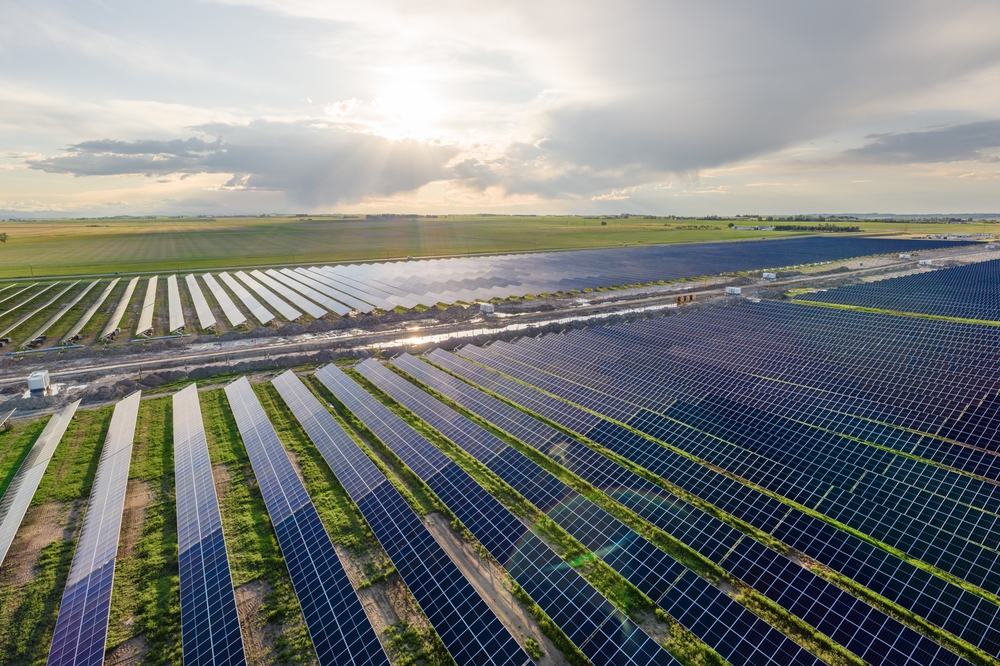
Southern Alberta and Saskatchewan have become major hubs for solar investment, with some of the best sunlight conditions in the country. Utility-scale solar farms have expanded rapidly due to open market structures, land availability, and declining equipment costs. Corporate power purchase agreements allow large companies to secure long-term clean energy supplies. Municipalities and First Nations are also developing mid-sized projects that benefit local budgets. Researchers and developers are experimenting with agrivoltaics, enabling farmland to remain productive beneath solar panels. These conditions make the Prairies a strategic zone for solar growth that supports the broader energy transition.
Strong Policy Commitment to Emissions Reduction

A coordinated policy environment supports long-term planning for clean energy. Carbon pricing frameworks, clean fuel standards, industrial incentives, and tax credits provide consistent signals for investment. While political debates occur, the overall direction has remained focused on reducing emissions across all sectors. Companies benefit from clear timelines for adopting new technologies, which reduces uncertainty around project decisions. The country’s policy mix is recognized internationally for its transparency and predictability. This reliability helps attract global investors who need stable environments for large-scale energy projects that often require decades of commitment.
Rapid Growth of Electric Vehicle Manufacturing

Automakers and battery companies have announced major investments in electric vehicle production, battery assembly, and component manufacturing. Provinces like Ontario and Quebec have become major destinations for these facilities due to skilled labour, existing automotive supply chains, and access to critical minerals. Governments offer incentives tied to job creation and clean energy use. New suppliers, research labs, and logistics hubs are forming around these investments, creating entire ecosystems for EV development. These production capabilities strengthen the country’s role in the global shift toward electrified transportation and support long-term energy diversification.
Leading Environmental Standards for Energy Projects
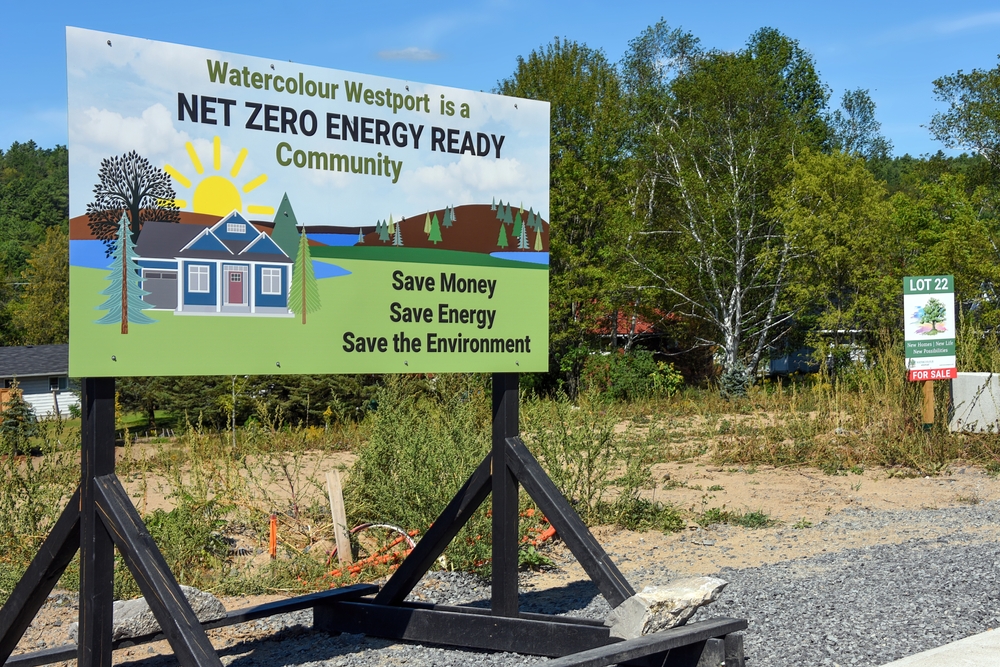
Strong regulatory frameworks require developers to meet high environmental protection standards. While these processes can be lengthy, they ensure that energy projects gain international credibility and long-term social acceptance. Companies must demonstrate detailed plans for land use, water management, wildlife protection, and emissions control. Independent assessments and public consultations are built into the approval process. These standards reduce risks for global investors by ensuring that projects are well planned and resilient. They also help align development with long-term sustainability goals, making the country a trusted partner for responsible energy expansion.
Skilled Workforce with Technical Experience

A successful energy transition requires professionals trained in engineering, geology, clean technology, trades, environmental science, and digital systems. The country already employs thousands of workers experienced in complex energy operations across oil, gas, nuclear, hydro, and mining sectors. Many of these skills transfer directly to renewable technologies, hydrogen development, offshore wind, and advanced manufacturing. Educational institutions offer specialized training programs that reflect industry needs. Workforce mobility across regions allows companies to scale projects quickly. This talent base reduces the learning curve for emerging industries and strengthens the country’s competitiveness in global energy markets.
Significant Potential for Geothermal Development

Large sedimentary basins and volcanic regions provide untapped potential for geothermal energy. Several pilot projects are underway in the Prairies and British Columbia, using drilling expertise from the oil and gas sector. Geothermal systems can provide constant baseload energy and heating for communities, industrial facilities, and agricultural operations. Research teams are developing advanced drilling methods to lower costs and increase efficiency. Partnerships between Indigenous communities, municipalities, and private developers are testing district energy applications. As the technology matures, geothermal could become a reliable addition to the national clean energy portfolio.
Strong Export Infrastructure for Future Energy Markets
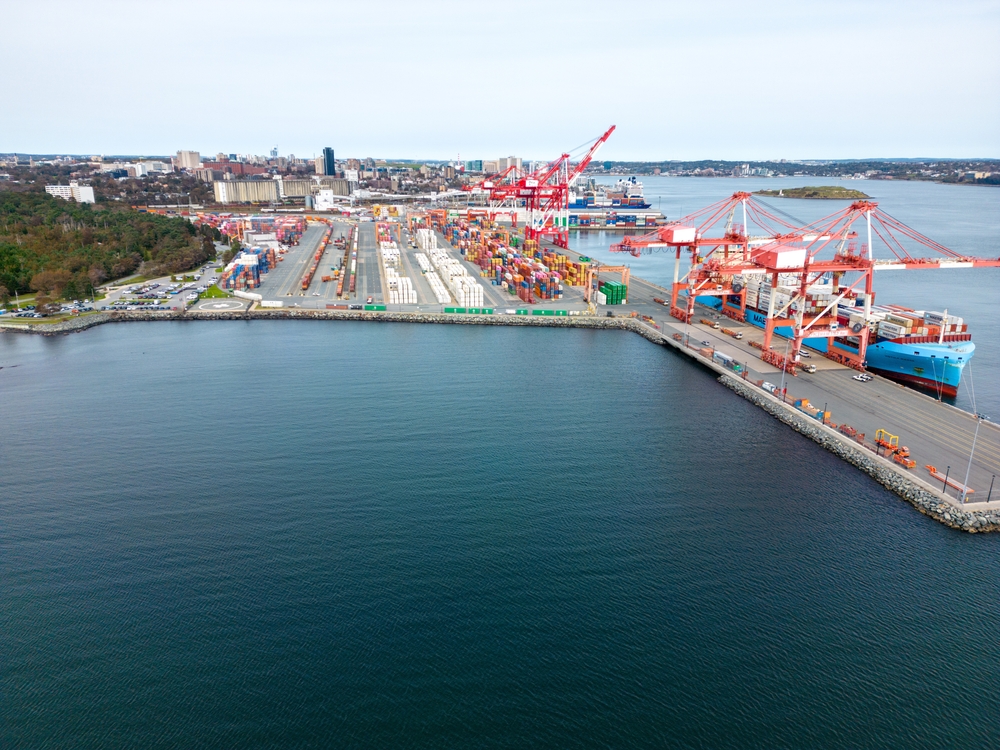
The country has extensive port facilities, pipelines, road networks, and rail systems that can support future energy exports, including hydrogen, ammonia, critical minerals, biofuels, and clean electricity. Expansion plans for coastal ports include terminals capable of handling new energy carriers. Transmission projects aim to connect surplus renewable electricity to neighboring regions. Logistics hubs near major borders make it easier to distribute energy products to global markets. This infrastructure supports diversification away from traditional exports and makes the country a competitive supplier in emerging energy markets that depend on reliable, long-distance transportation systems.
Growing Investments from Global Partners

International companies and governments increasingly view the country as a safe and strategic location for energy investment. Partnerships in hydrogen, critical minerals processing, battery manufacturing, offshore wind, and clean industrial technologies have accelerated during the past two years. Foreign direct investment is supported by stable governance, strong environmental standards, and trade agreements. These partnerships often include technology transfers, workforce training, and long-term procurement agreements. The presence of global players strengthens domestic supply chains and increases the country’s ability to influence international energy standards and market directions.
Integration of Digital Technology into Energy Systems

Digital innovation is transforming how energy is produced, stored, and delivered. Utilities and private companies use advanced software for grid balancing, predictive maintenance, and demand forecasting. Sensors, automated controls, and real-time analytics help reduce energy waste and improve system reliability. Startups develop tools for energy monitoring, smart building management, and microgrid optimization. Research institutions study cybersecurity for connected energy systems. This integration of digital technology supports efficiency at all scales, creating a modern energy ecosystem that can adapt to rapid changes in global demand and supply.
Long-Term Economic Stability Supports Major Projects

Large energy projects require decades of predictable economic conditions, and investors often look for places where financial risk is minimized. The country’s stable banking system, diverse economy, and transparent regulations create an environment well-suited for long-term infrastructure development. Governments maintain investment-grade credit ratings, which support borrowing for energy projects. Public pension funds often participate in financing renewable energy globally, demonstrating strong domestic expertise. This stability allows companies to commit to multi-decade developments in hydrogen, storage, nuclear, and transmission. Economic predictability strengthens the country’s position as a leader in the global energy shift.
21 Products Canadians Should Stockpile Before Tariffs Hit

If trade tensions escalate between Canada and the U.S., everyday essentials can suddenly disappear or skyrocket in price. Products like pantry basics and tech must-haves that depend on are deeply tied to cross-border supply chains and are likely to face various kinds of disruptions
21 Products Canadians Should Stockpile Before Tariffs Hit
